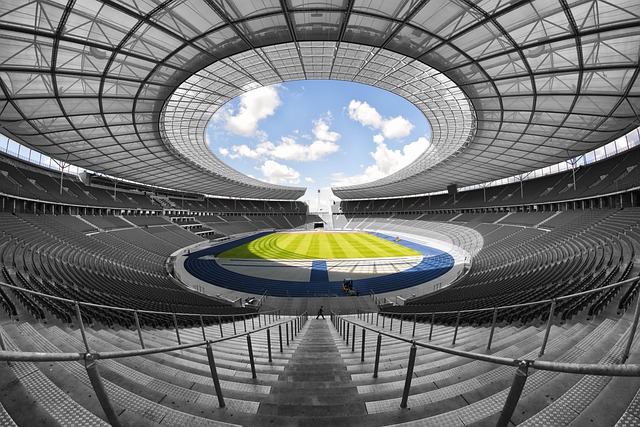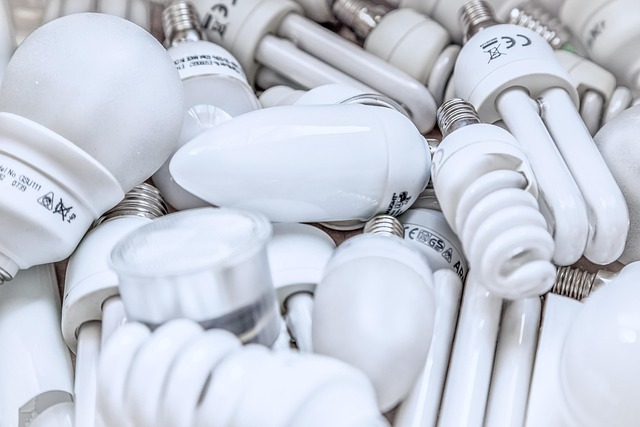The rise of urbanization has transformed vibrant green landscapes into sprawling cities, often at the expense of our environment. As concrete jungles expand, so does the challenge of climate change. One innovative solution gaining traction is the concept of green roofs. These eco-friendly roofs are not just a trend; they are a critical part of our strategy to combat emissions and promote a sustainable future.
Green roofs consist of vegetation strategically planted on rooftops, transforming bare surfaces into lush, living ecosystems. They provide numerous environmental benefits, such as improving air quality by filtering pollutants and absorbing carbon dioxide. By utilizing green roofs, cities can significantly reduce their carbon footprint while creating beautiful, breathable spaces amid the urban chaos.
One of the most compelling aspects of green roofs is their ability to mitigate the urban heat island effect. Cities tend to be warmer than surrounding areas due to human activities and the prevalence of heat-absorbing materials like asphalt and concrete. The vegetative layer of a green roof helps lower surface and air temperatures, reducing the need for air conditioning and ultimately lowering energy consumption and emissions. Imagine a city where the buildings work to cool the air rather than trap heat—a vision that can become a reality with increased adoption of this technology.
Another significant advantage of green roofs is their capacity for water management. Cities often struggle with stormwater runoff, leading to flooding and water pollution. Green roofs absorb rainwater, allowing it to evaporate and reducing the burden on drainage systems. This approach not only helps manage rainwater but also contributes to the overall resilience of urban infrastructure against increasingly intense storms due to climate change.
Beyond their environmental benefits, green roofs also enhance urban biodiversity. They provide a habitat for birds, insects, and other wildlife, creating a vital counterbalance to the habitat loss caused by urban development. By integrating nature back into our cities, green roofs offer a sanctuary for species that are struggling to survive amid concrete and steel.
From an aesthetic perspective, green roofs transform rooftops into serene oases, providing both beauty and joy to city dwellers. Roof gardens can serve as community spaces, promoting social interactions among residents and facilitating a strong sense of community in an otherwise disconnected urban environment. These spaces can be as simple as a small garden or as elaborate as full-fledged parks atop buildings, fostering not just environmental well-being, but a deeper connection among people.
As movements toward sustainability continue to gain momentum around the globe, investing in green roofs can be a powerful step for municipalities eager to lead the charge against climate change. Cities like Luxembourg City and Toronto are already reaping the benefits of their green roofing initiatives, and their success serves as an inspiration for others looking to make positive environmental changes.
Incorporating green roofs into our urban planning isn’t merely a luxury; it’s a necessity. As our cities grow, we must prioritize innovative solutions that address the pressing issues of climate change and environmental degradation. Together, we can cultivate a healthier planet, one green roof at a time.



